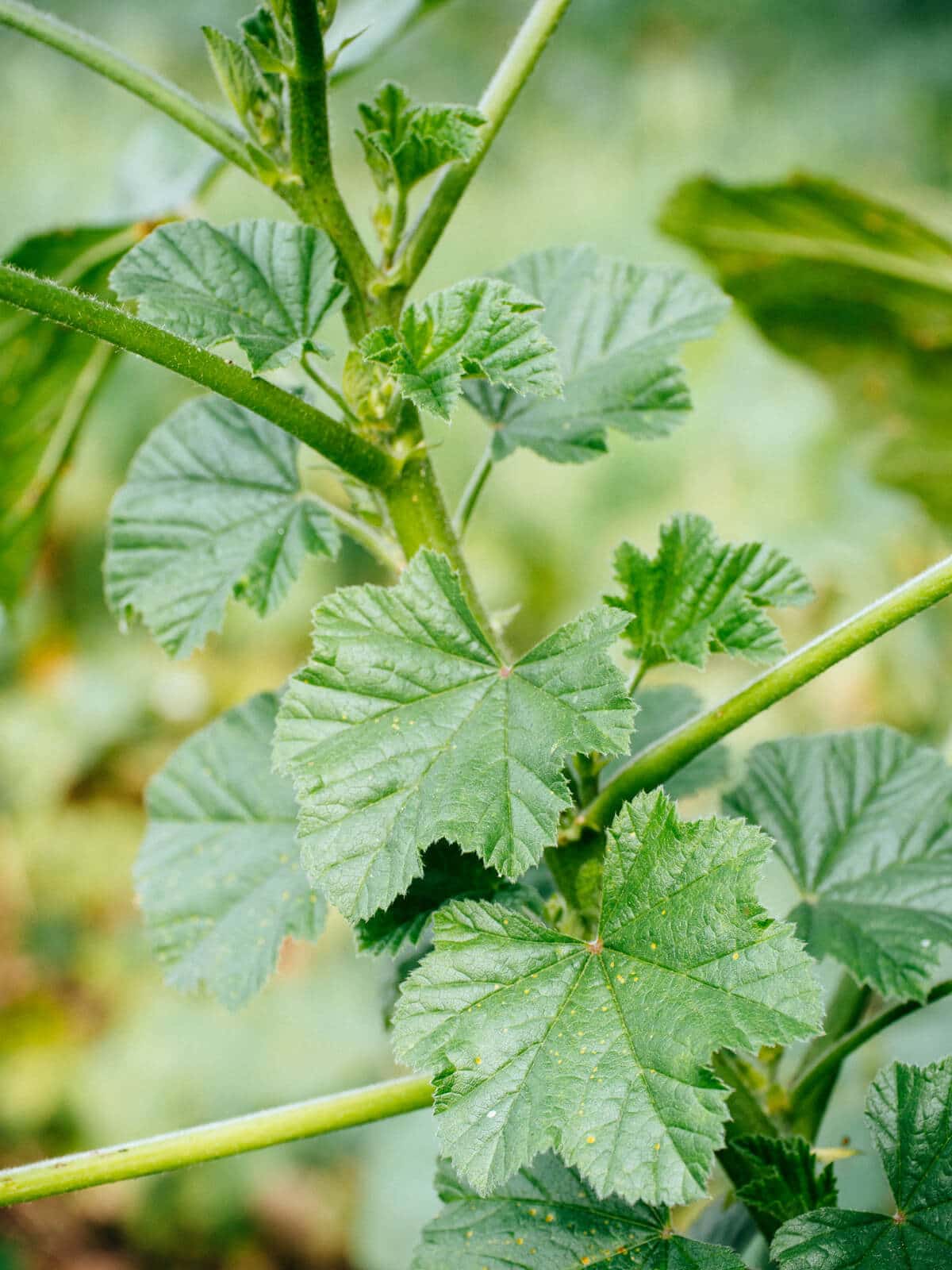Every spring, the first signs of life in my mulch (and everywhere else in my garden and neighborhood) are these ubiquitous weeds.
You probably have them too. They invade lawns, landscapes, parkways, parking lots, drainage ditches, and all nooks and crannies when the weather is cool and damp.
In climates where winters are mild, they start popping up in November or December if there have been some early rains. They usually appear in neglected areas and it doesn’t take long for a few plants to overrun a plot.
With deep woody taproots and a fast growing habit, they’re often considered invasive… and no, I’m not talking fennel or dandelions.
Common mallow is a much maligned weed to gardeners who feel the same disdain for other unwanted plants in their yards. (After all, a weed is usually a matter of opinion.)
But did you know this omnipresent weed is an edible and medicinal plant?
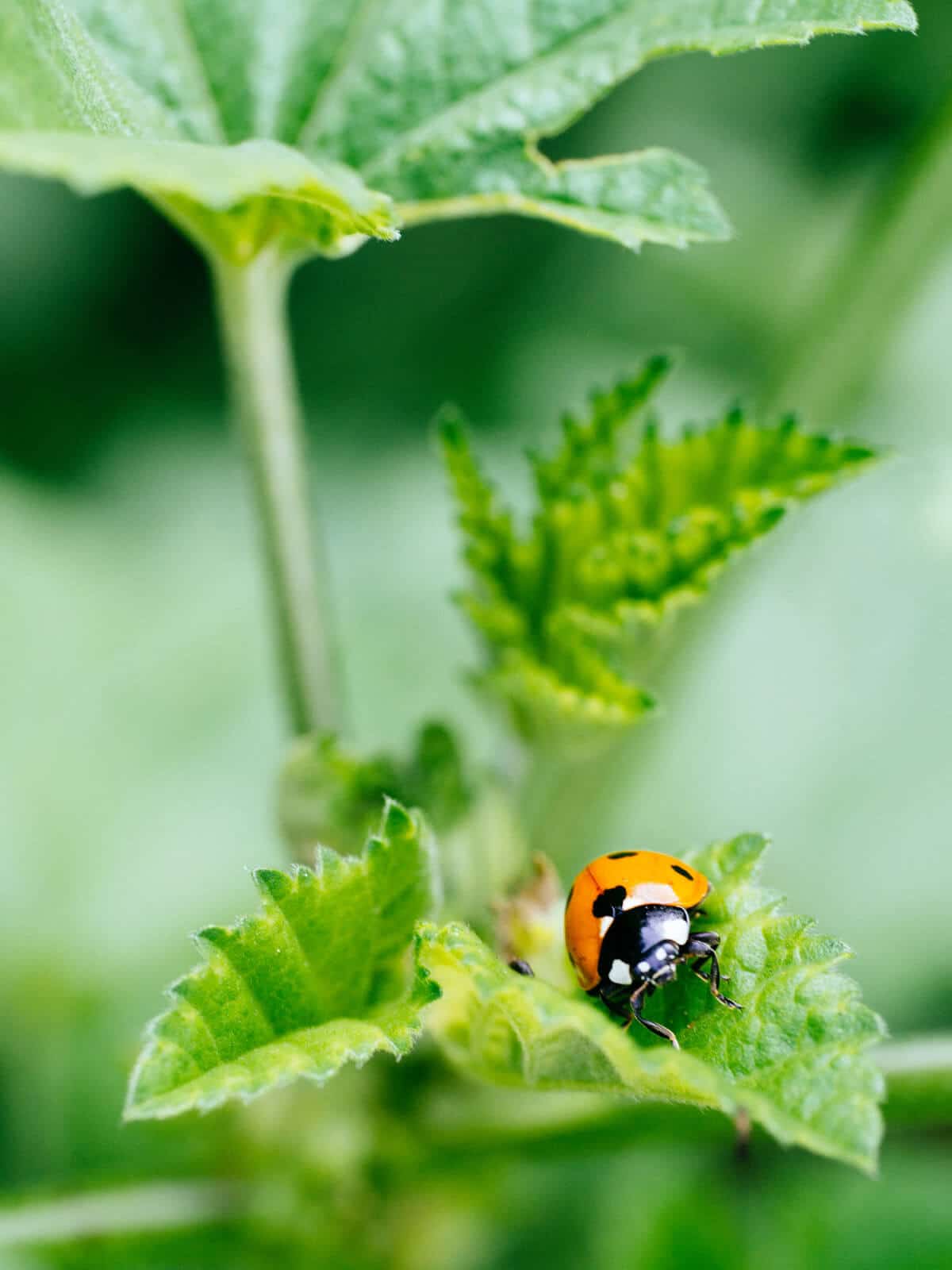
What is mallow weed?
Common mallow (Malva neglecta—how appropriately named) and little mallow (Malva parviflora) belong to the same family of plants as marshmallow and hibiscus.
(Speaking of marshmallow, the confection eaten today was originally made from the sap of the roots of mallow grown in marshes, hence the name. Though candy makers now use gelatin in place of the sap, the name has stuck since the early 1800s when it was introduced to France.)
The plant can be an annual, winter annual, or biennial, and is easily recognized by its geranium-like leaves that have five or seven lobes. Some have deeper lobes while others are nearly round.
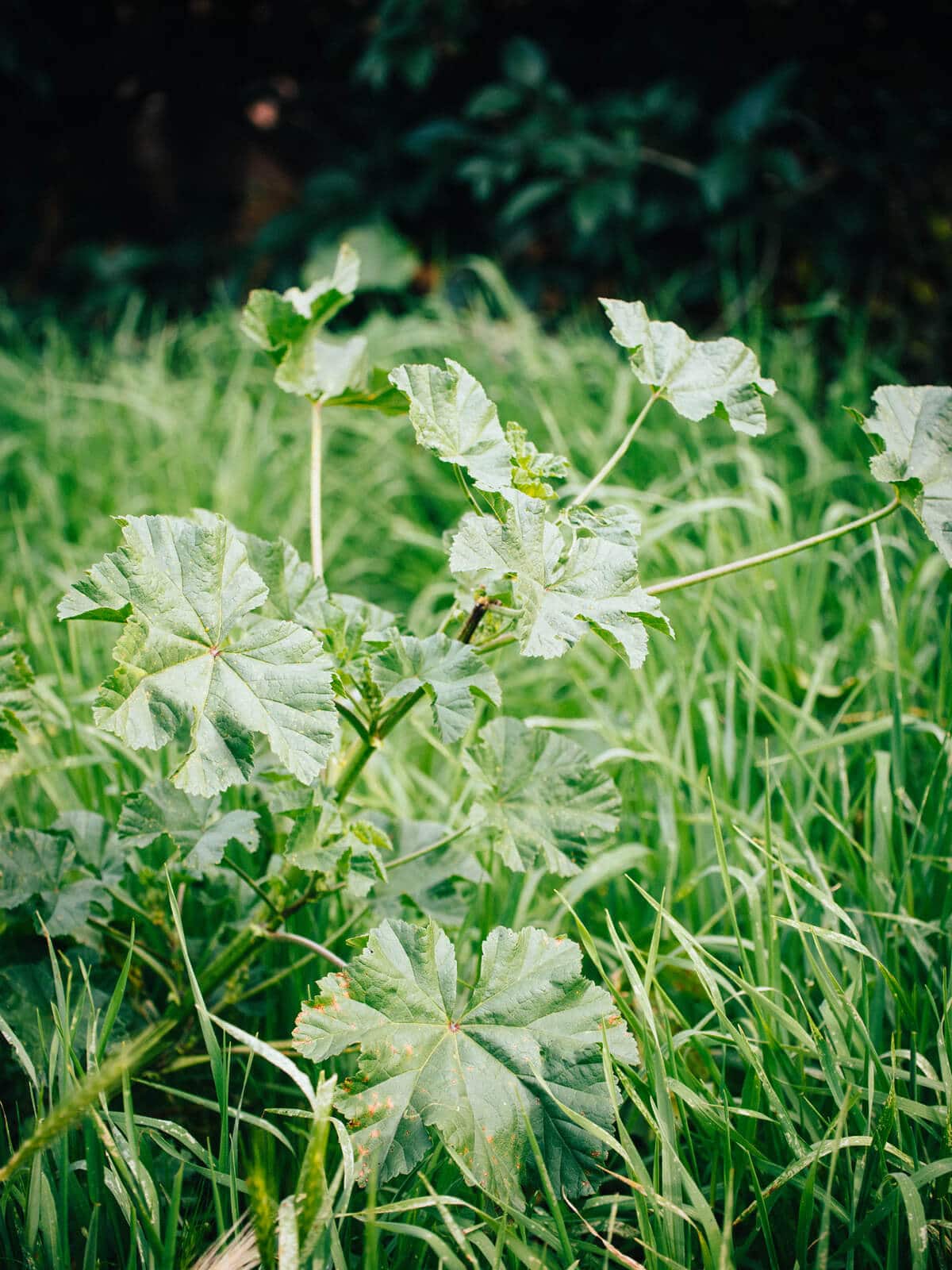
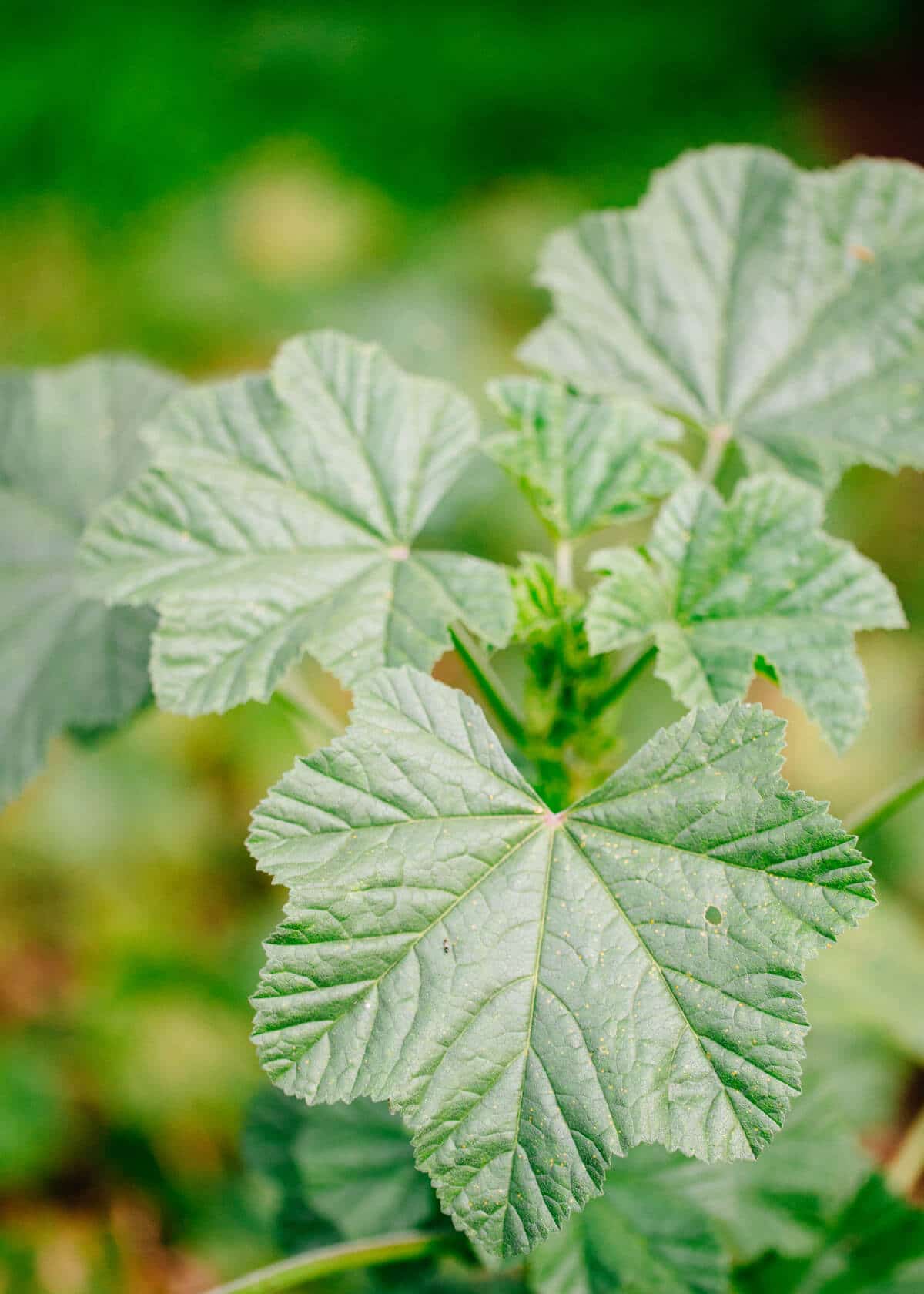
Its flowers seem small and drab compared to its dramatic display of leaves, which look their best in winter and spring when the ground is moist.
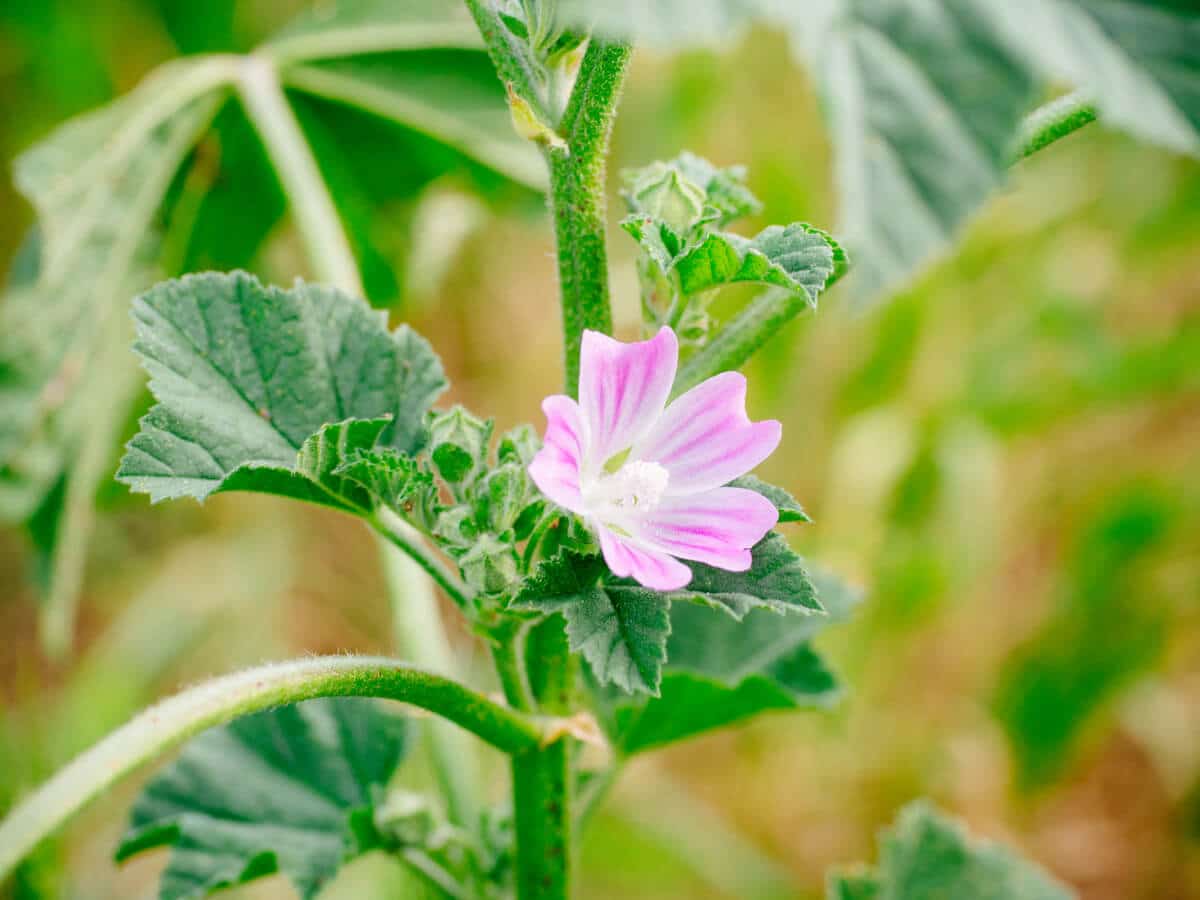
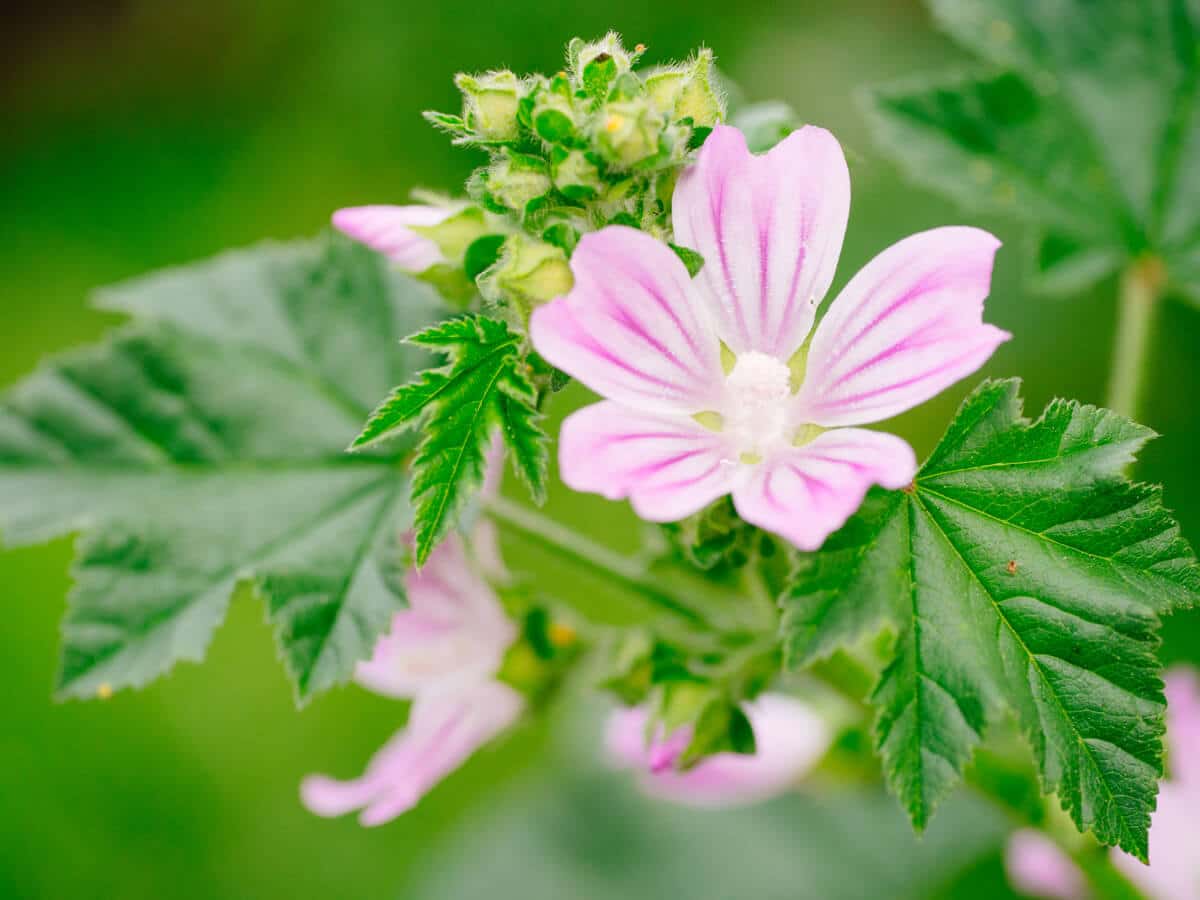
Mallow is sometimes called cheeseweed, and if you look closely at its fruiting head, you’ll see that it resembles a miniature wheel of cheese with wedge-shaped sections.

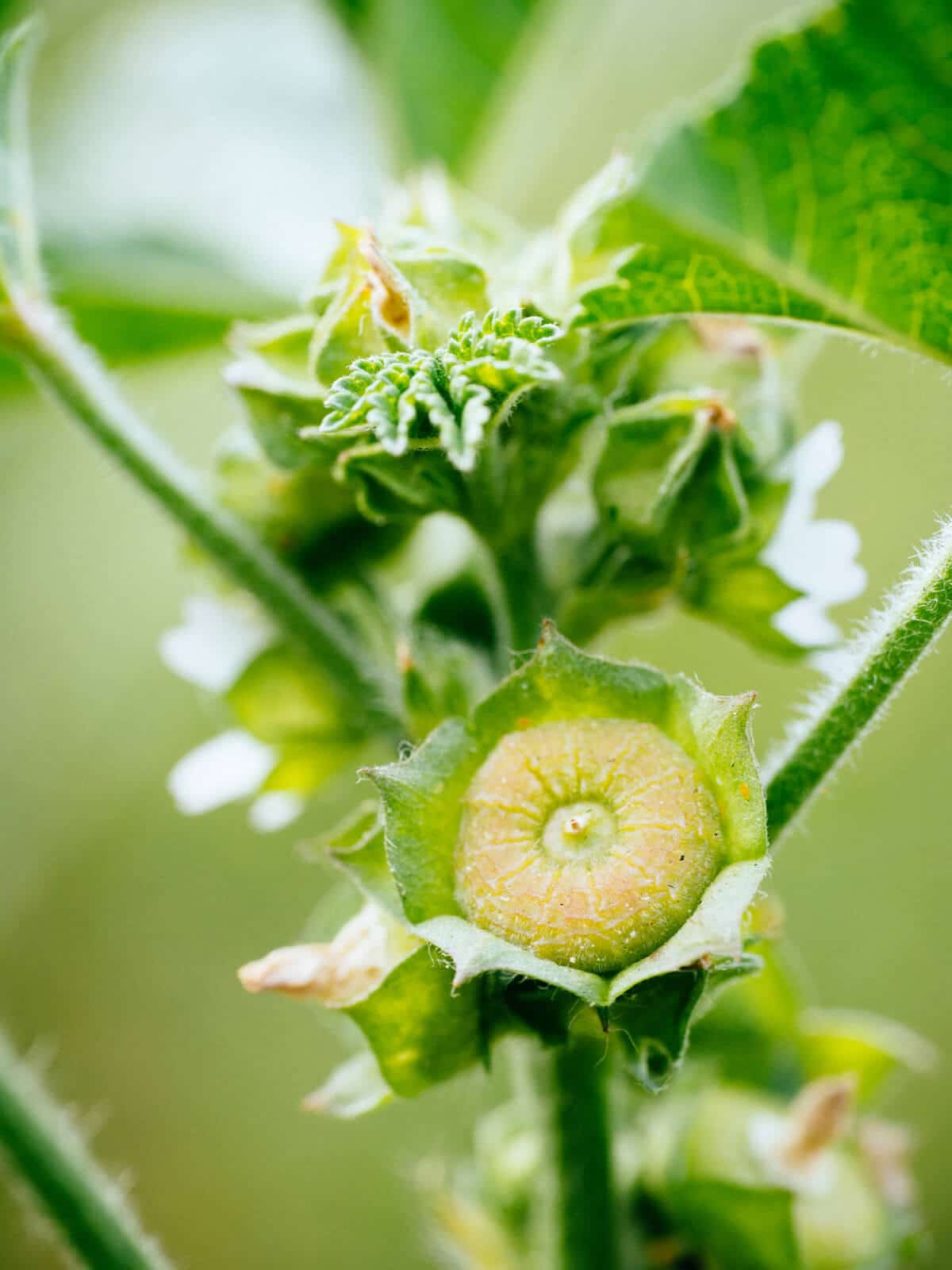
Mallow as a folk remedy… and a love potion?!
Mallow has a long history in holistic medicine, owing to the fact that the plant—in particular, its roots—has a substantial amount of mucilage (a sticky, jelly-like substance rich in protein and carbohydrates).
Mucilage is what gives mallow its anti-inflammatory properties. Historically, the herb has been used to heal digestive and urinary tract irritations, and even control coughs caused by inflammation.
It’s used in South African medicine as a topical poultice and infusion to heal wounds, and noted as a Native American folk remedy to treat swellings and sores. Modern herbal medicine commonly prescribes mallow as a healing agent for insect bites and swollen muscles.
But my favorite piece of mallow folklore? Its purported magical sexual powers.
In his book Natural History, Pliny the Elder asserted that mallow was an aphrodisiac, and when the seeds were sprinkled “for the treatment of women,” they stimulated sexual desire to “an infinite degree.” (Apparently, placing just three roots near the genitalia produced a similar effect as well.)
But how Pliny discovered this arousing fact is somewhat of a mystery…
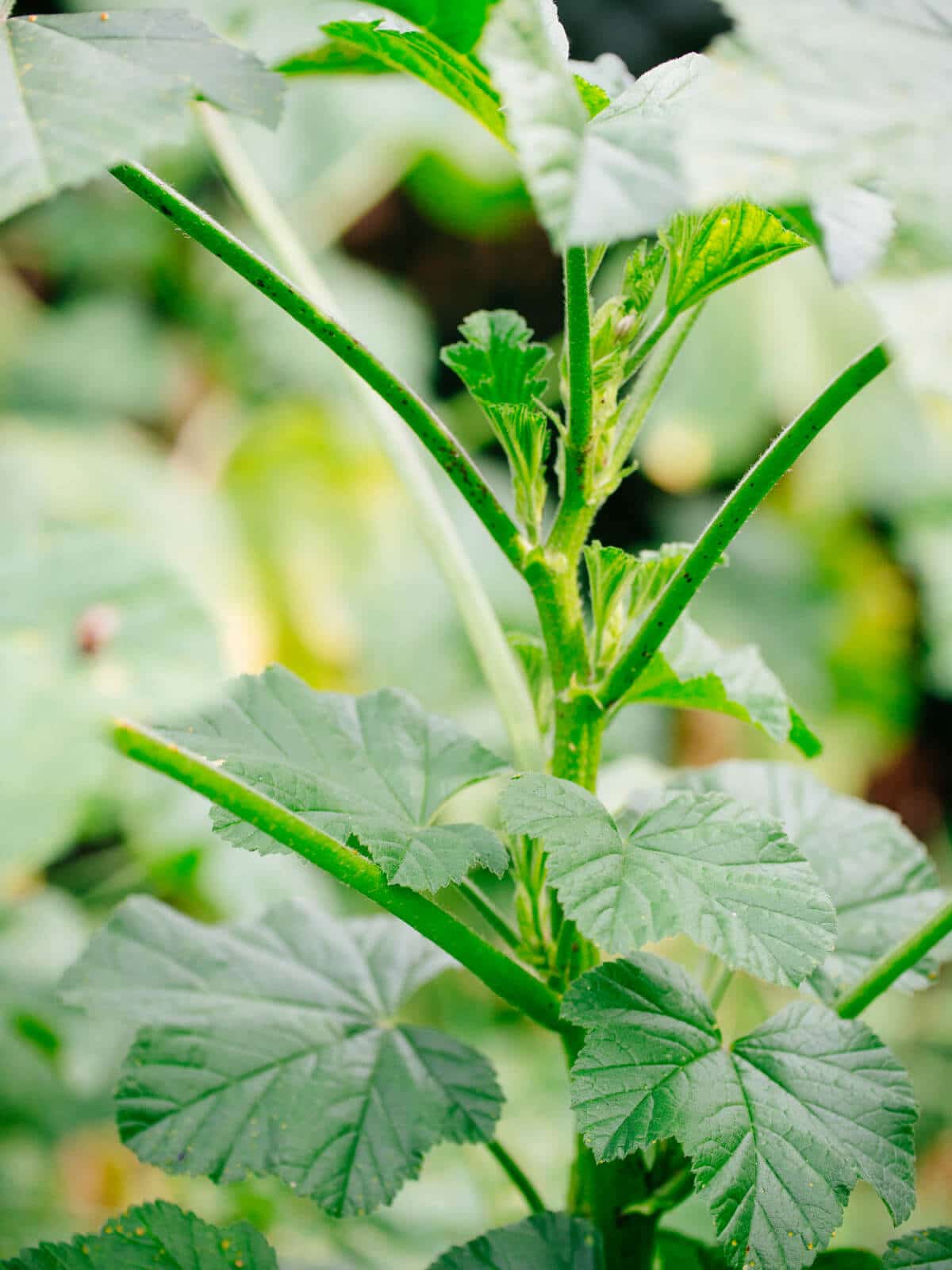
Can you eat mallow?
Mallow is indeed edible, but it isn’t the most exciting leafy green you can forage from your yard. It has a mild, almost nonexistent flavor, and that probably works to its advantage. Like tofu, it just takes on the flavor of everything else in your bowl.
So why would you eat it?
For starters, mallow is highly nutritious. The plant is exceptionally rich in vitamins A, B, and C, along with calcium, magnesium, and potassium. The tender young leaves actually have one of the highest amounts of vitamin A in any vegetable.
(Strange as it sounds, mallow should be thought of as a vegetable—and not a weed to be rid of.)
The leaves also have a mucilaginous quality, similar to okra, and can be used to thicken soups and stews. (I’m personally waiting for the next round of mallow to spring up in my garden so I can try it in my gumbo!)
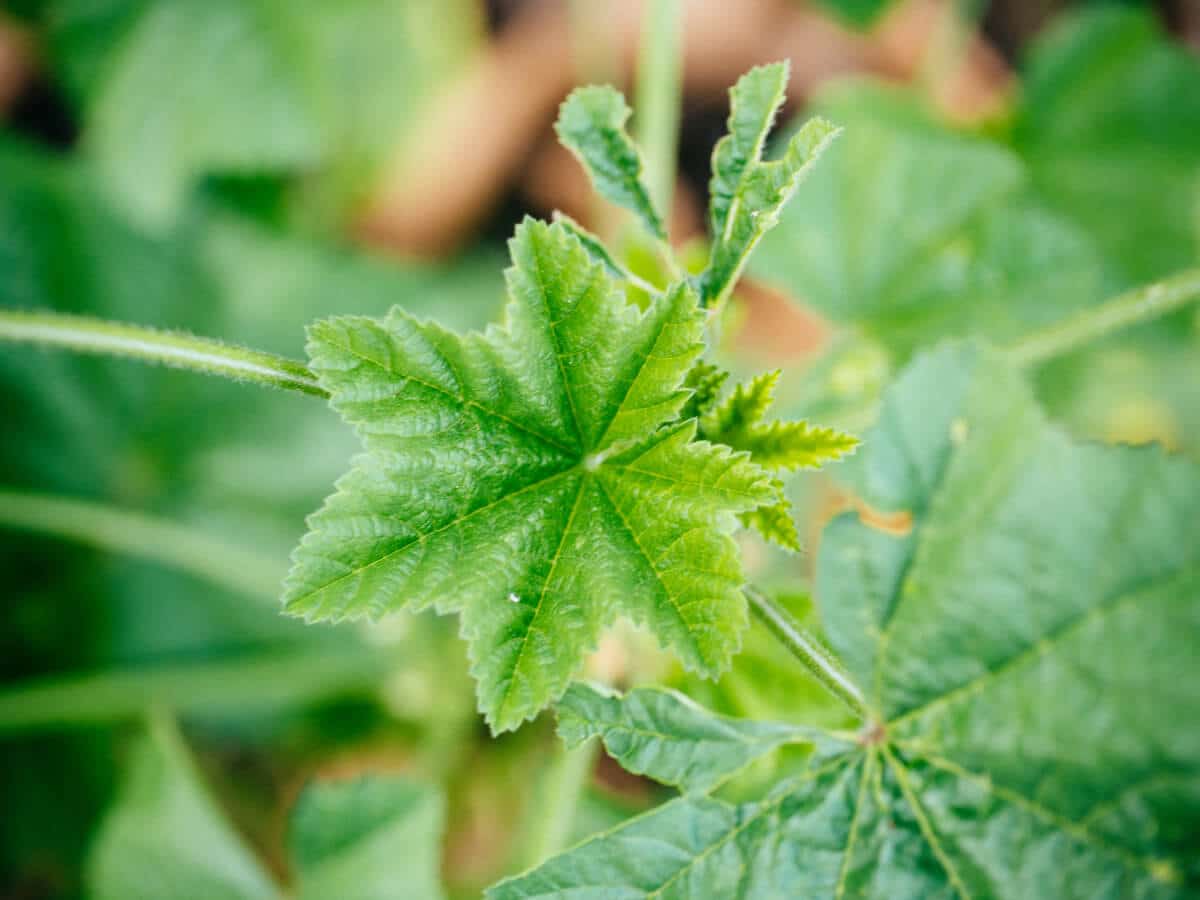
Mallow can be sauteed like most other greens, with oil, onion, and garlic, and maybe a splash of vinegar. You can fry the leaves in oil to make mallow chips, or even try baking them in the oven the way you’d make crispy kale chips.
When using the leaves raw, I like to mix mallow into a bed of other salad greens to counter that slight viscous texture. You can’t really tell once it’s dressed and tossed with your favorite salad accouterments—or you might even like it as-is in its raw, natural state.
The cheese heads are fresh and crisp and can be picked and eaten out of hand. (Though they don’t taste like cheese, in case you were wondering.)
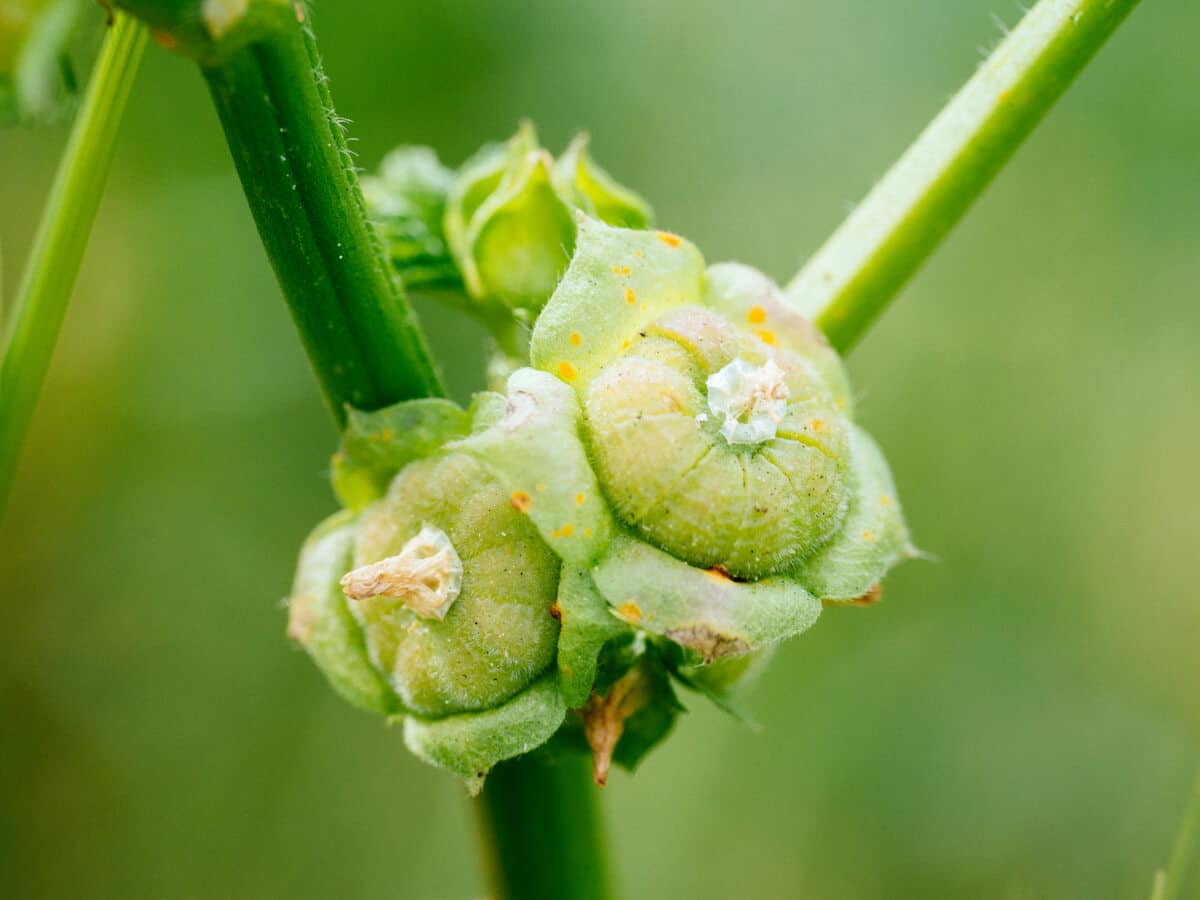
Mallow is one of those miracle plants where the whole plant is edible—roots, stems, leaves, flowers, and fruits. I’ve only tried the last three (and only from my own backyard, where I was sure the plant hadn’t been trampled or peed on by passing dogs).
Related: 11 Vegetables You Grow That You Didn’t Know You Could Eat
The flowers have the same nondistinctive flavor as the leaves, while the fruits are pleasant and a little nutty (be sure to pick them when they’re still fresh and green).
I’ll admit that I don’t go out of my way to forage for mallow, but it’s fun to find in my garden because it’s essentially free food. I like to add a few leaves of this wild weed to a spring salad once in a while (along with my other favorite “weeds,” nasturtiums and dandelions).
That is, if my chickens don’t get to it first.
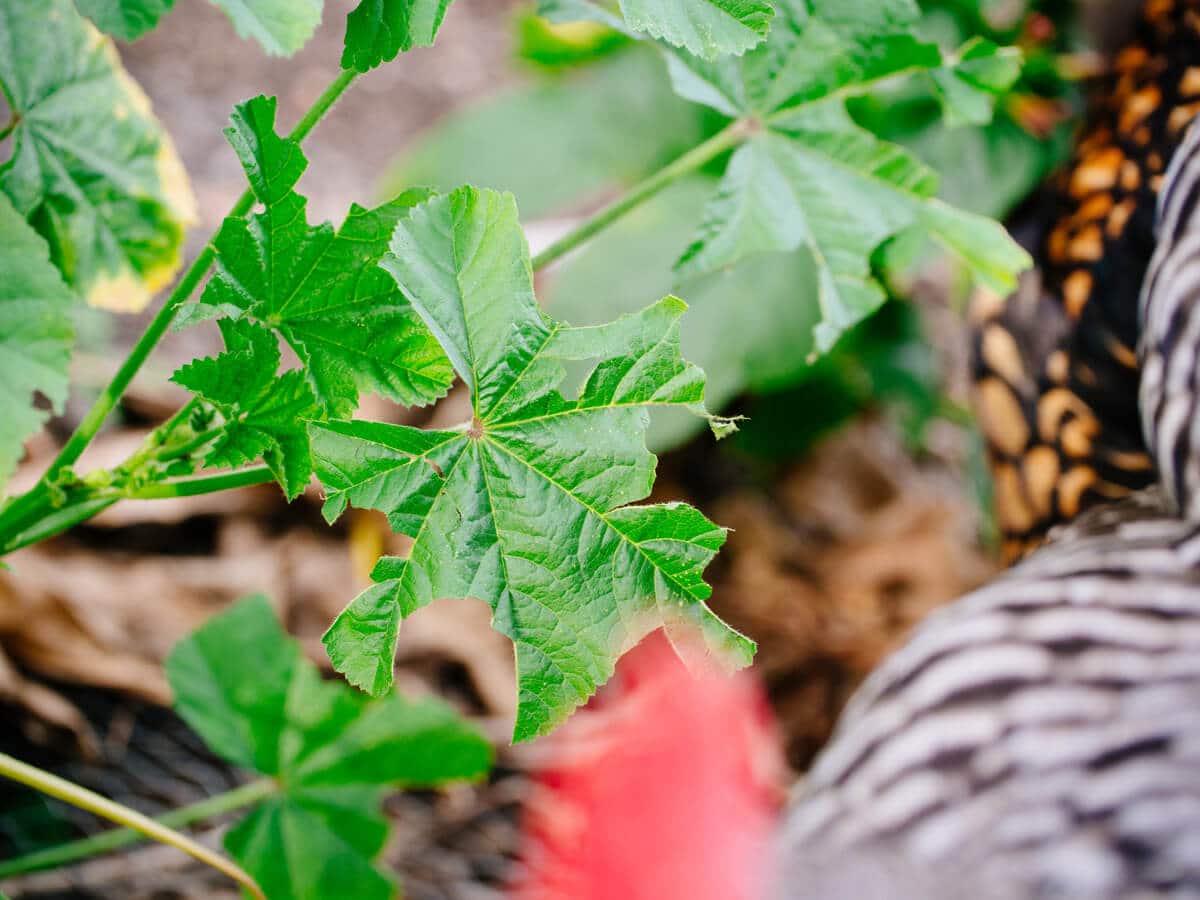
This post updated from an article that originally appeared on April 22, 2015.
View the Web Story on edible mallow weed.


